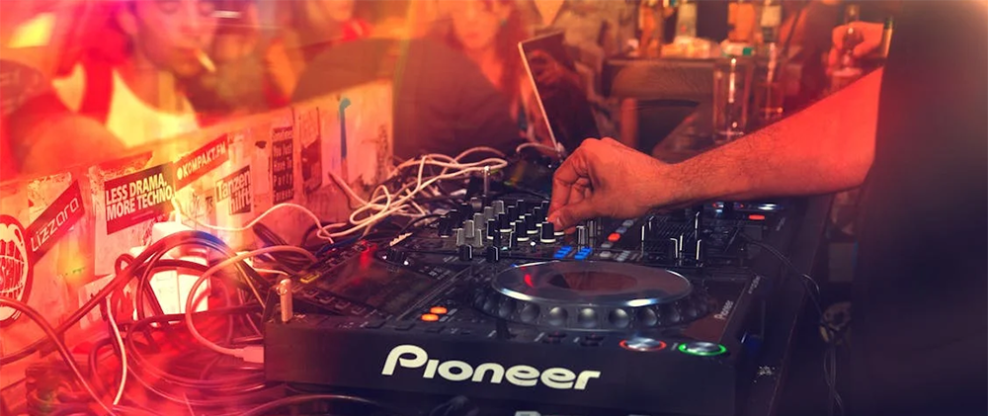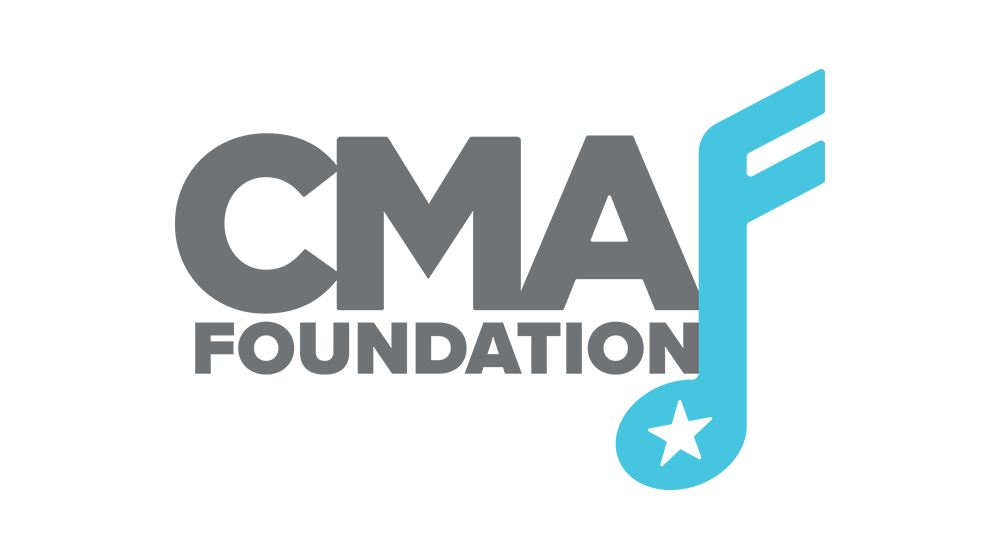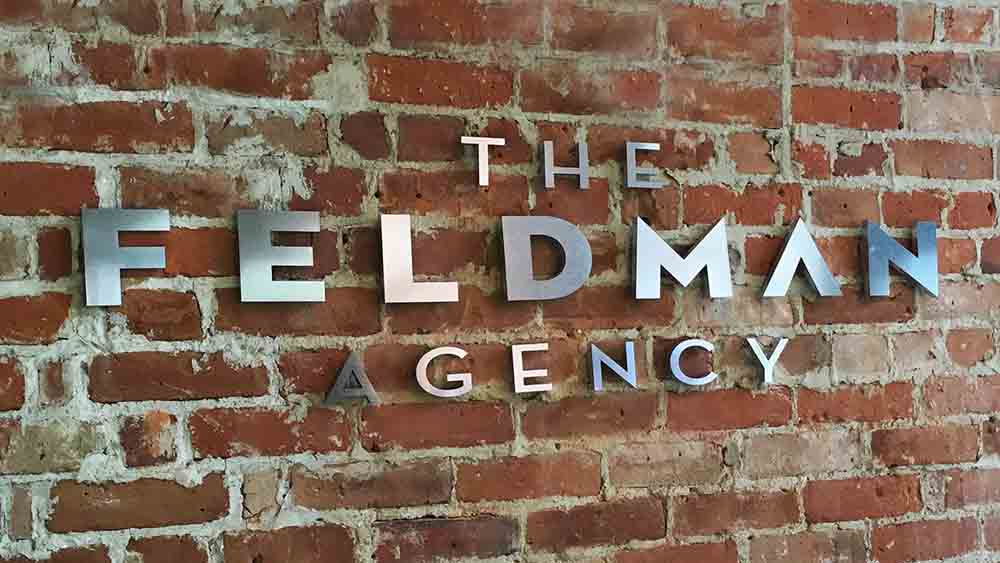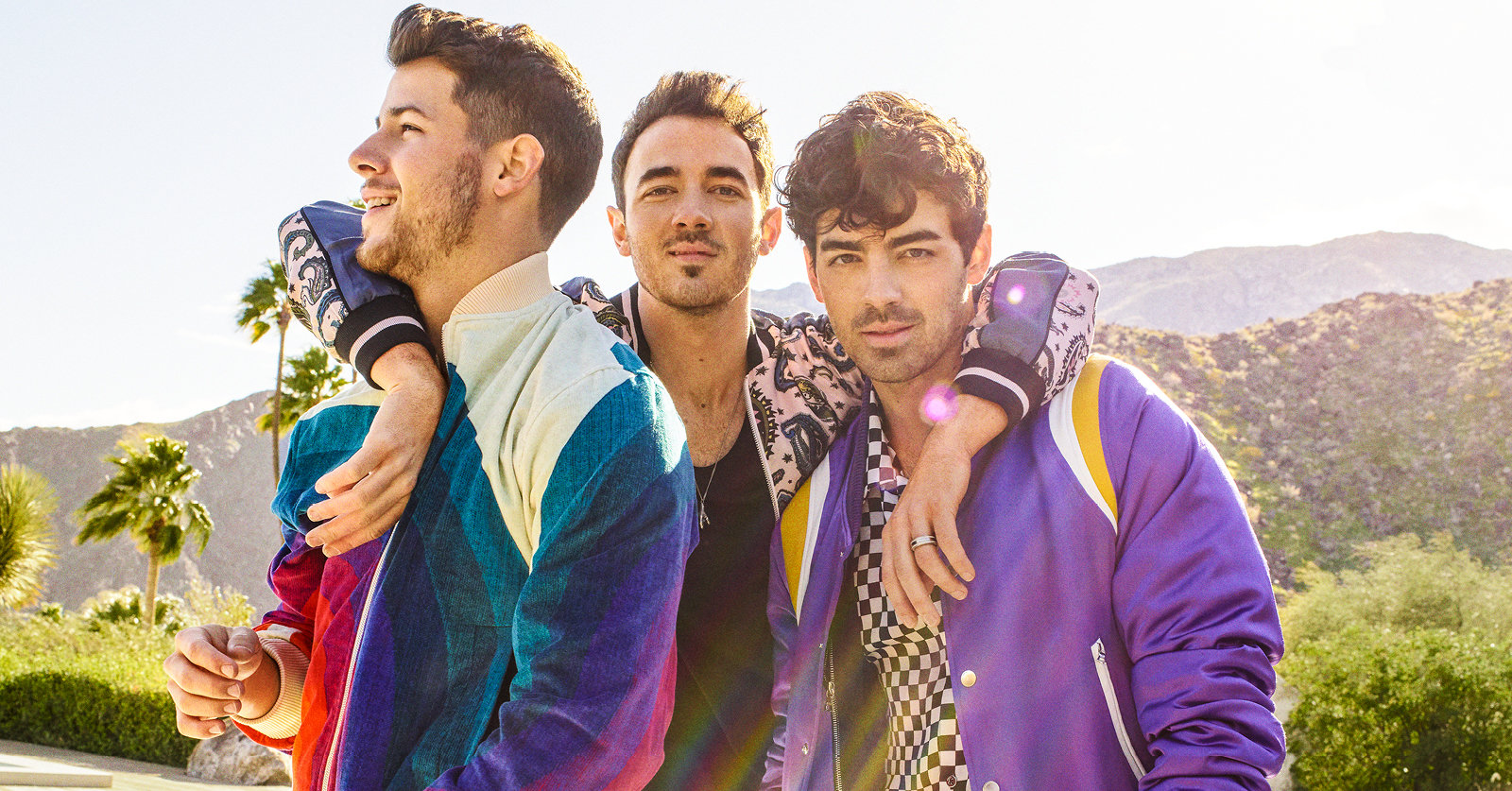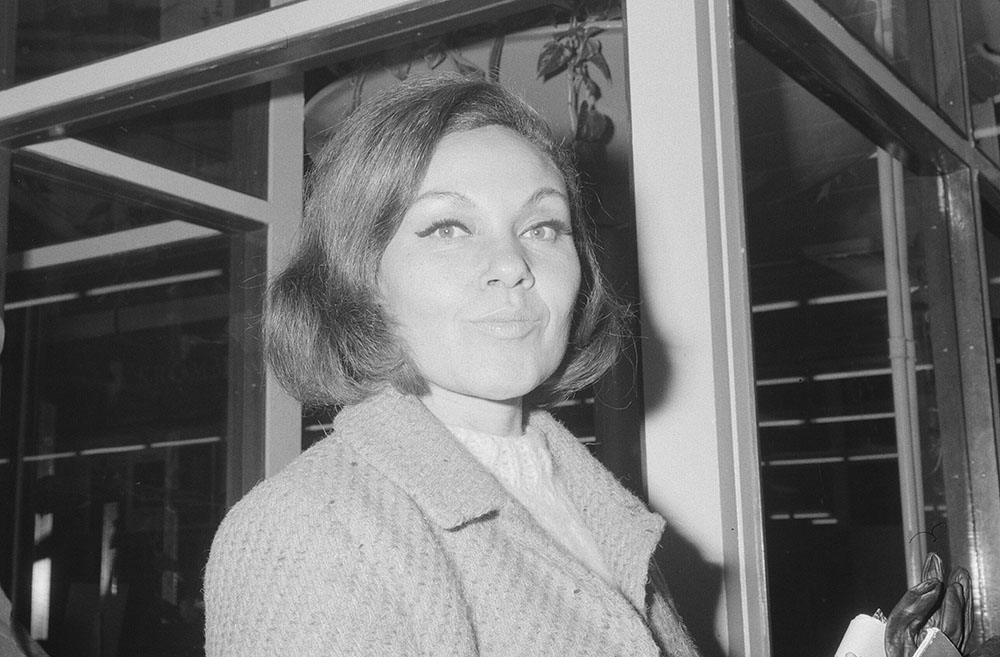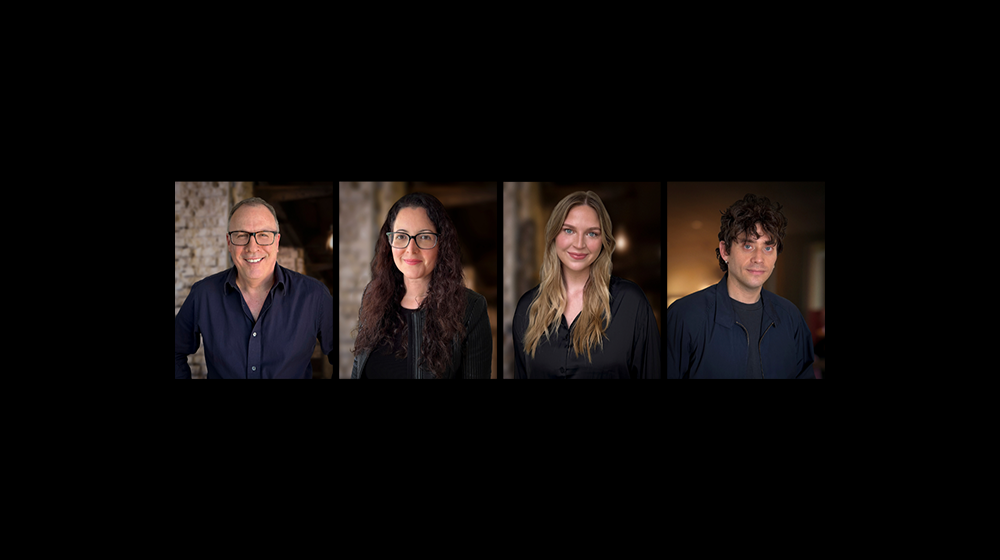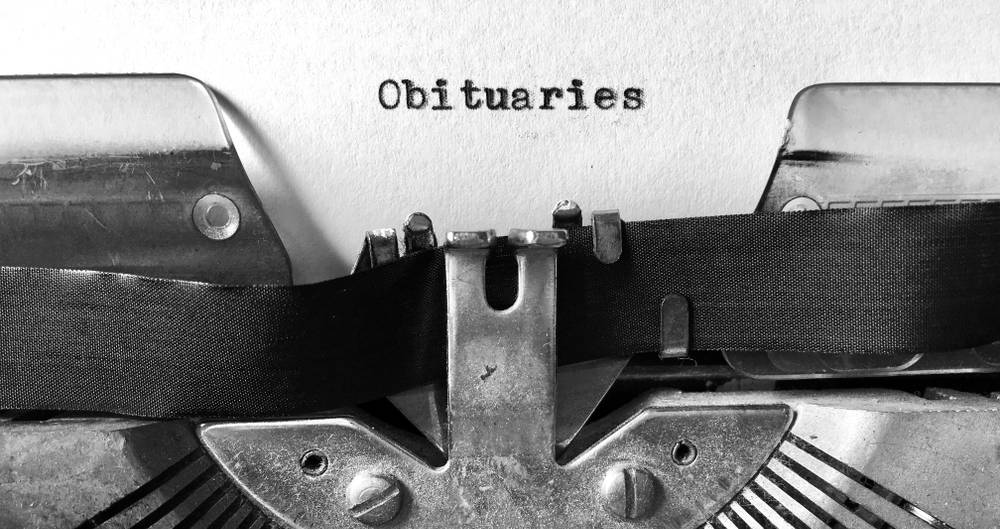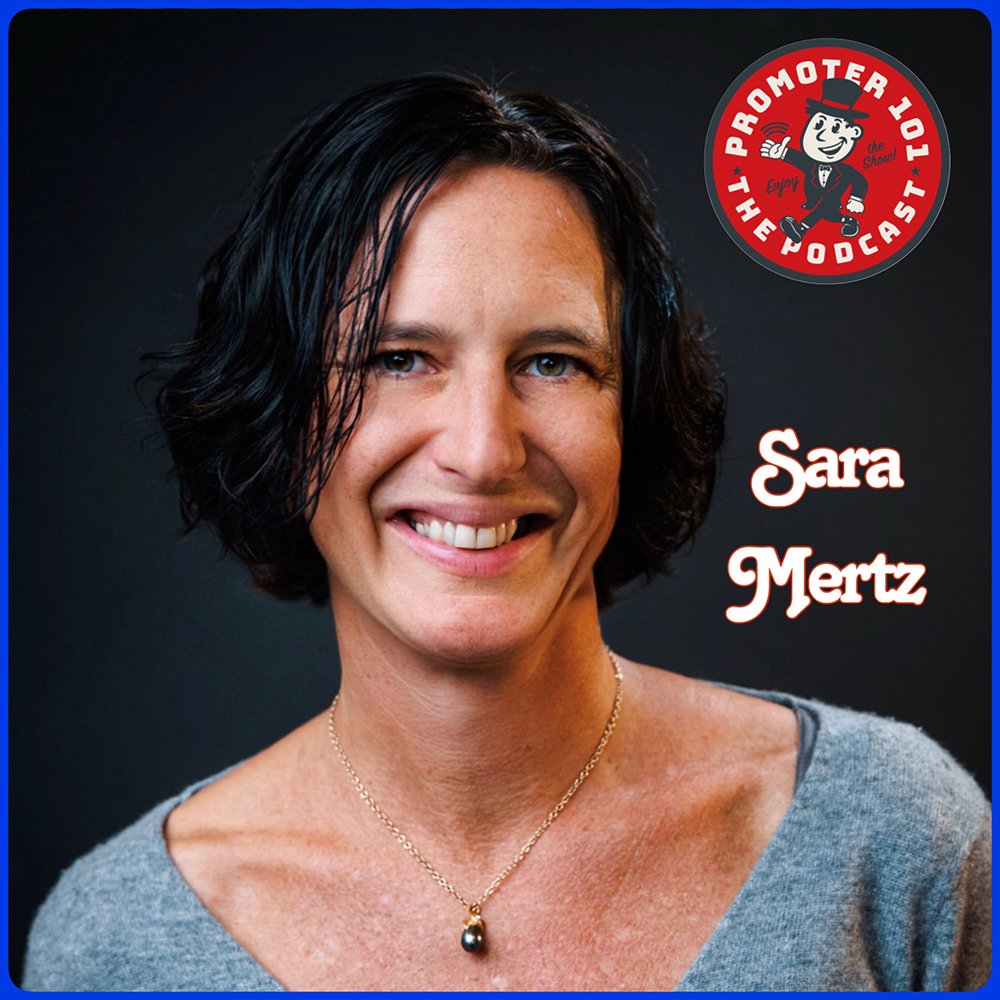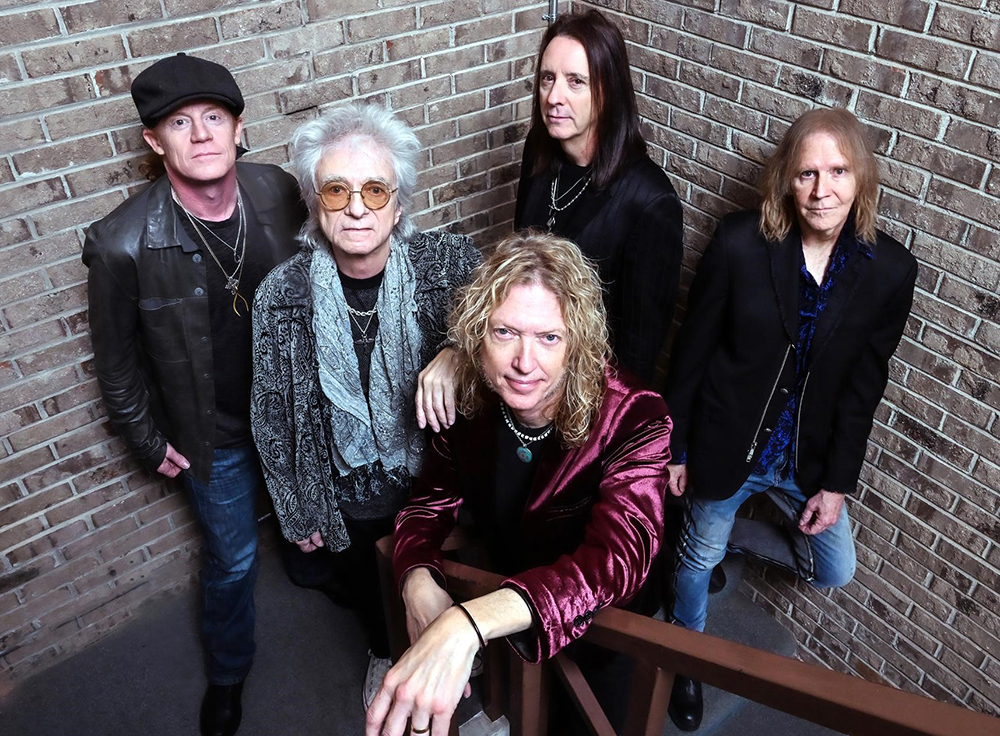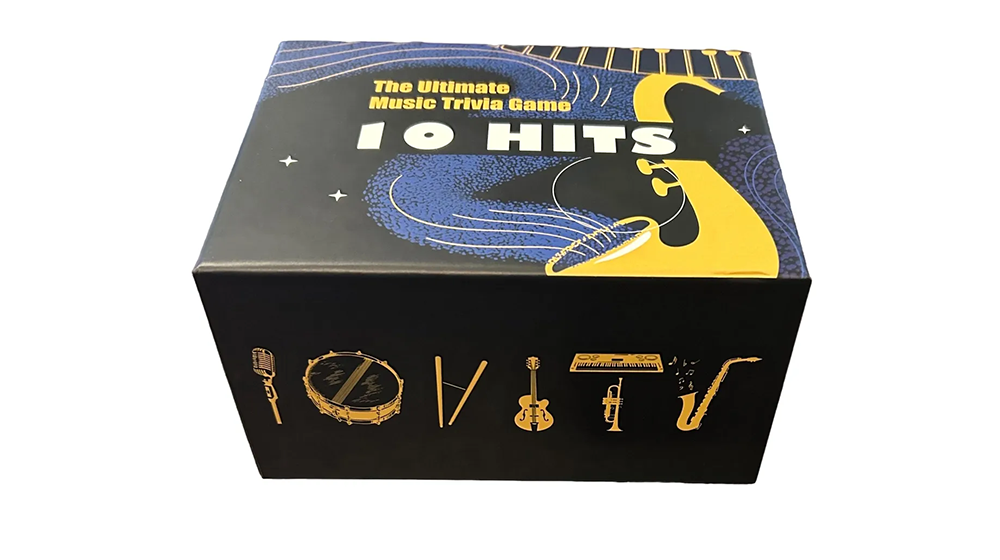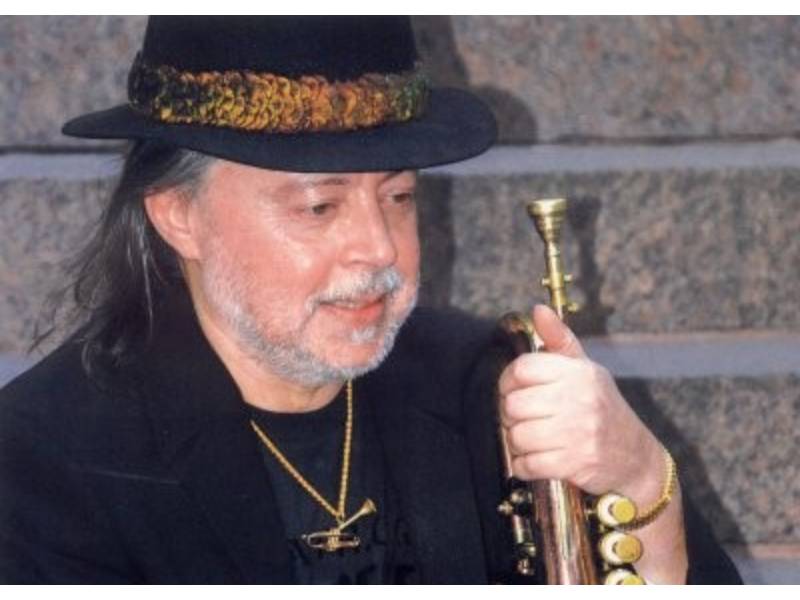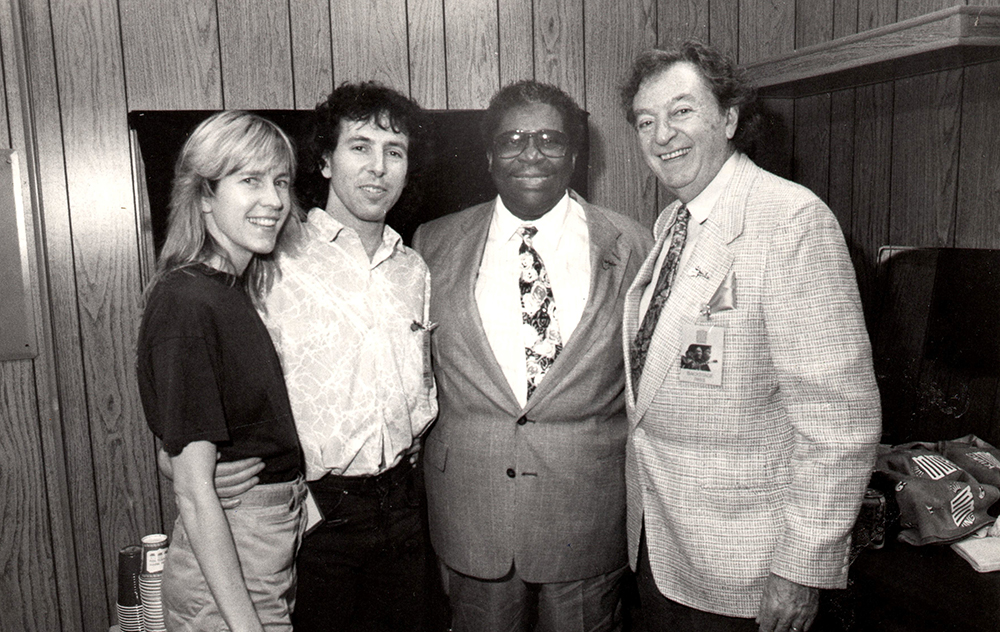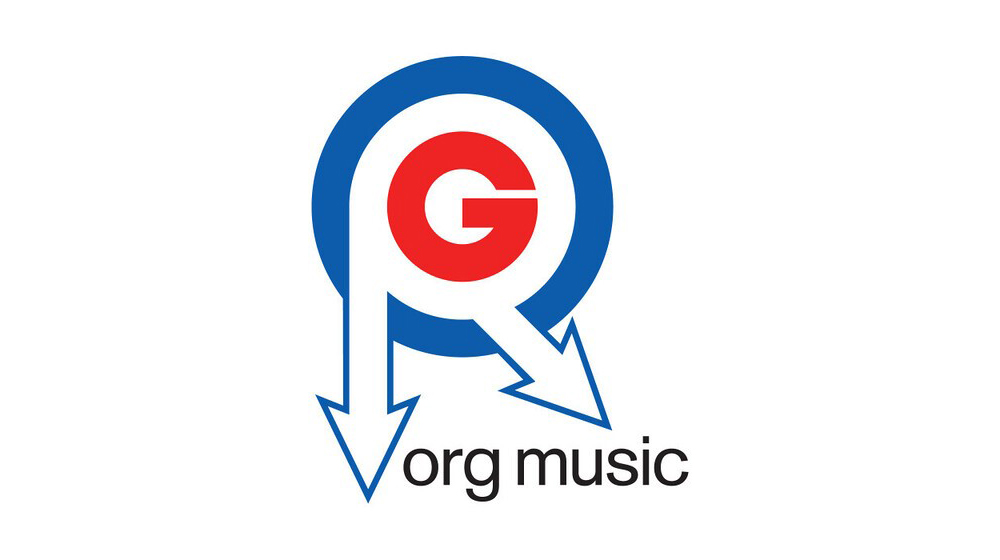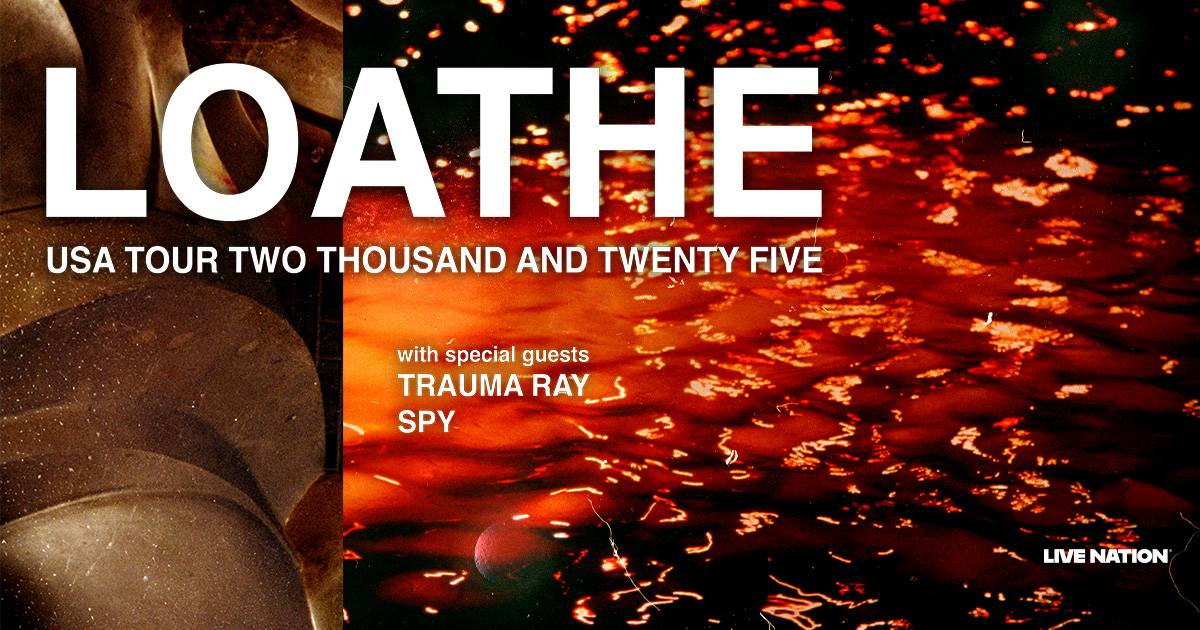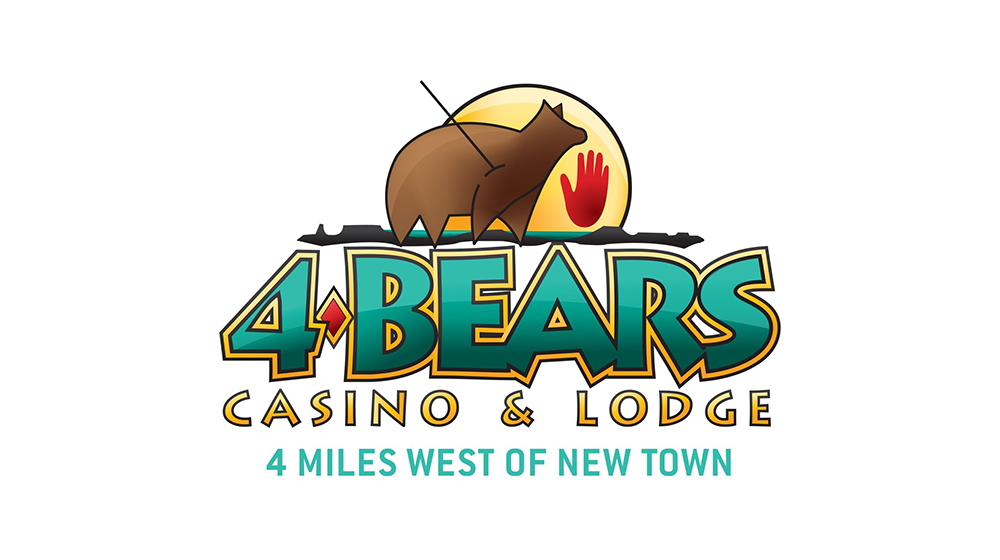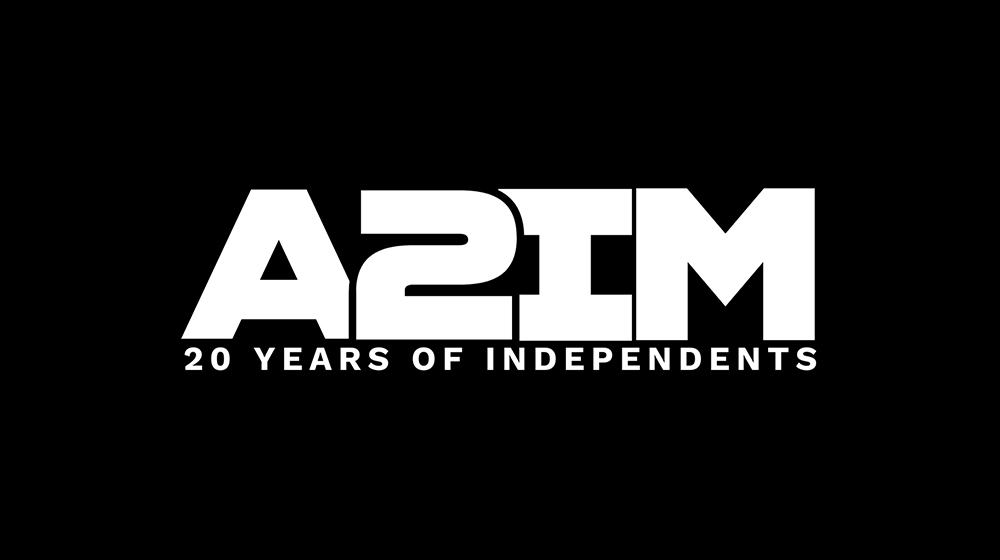(Hypebot) — Over the past decade, multi-genre festivals like Bonnaroo and Coachella have seen a surge in electronic music bookings, while genres like rock and alternative are falling.
by Harry Levin of the Chartmetric Blog
In 2024, everyone wants to dance.
The scabs of the pandemic have yet to fully heal, so if someone is going to spend their hard-earned money on a festival ticket (especially in this economy) they want an experience where they can express their wildest selves. They want a safe space to let their freak flag fly, move their bodies without inhibition, and make a ton of new friends doing it.
That’s the experience dance music provides at festivals.
Michael Berg is the lead talent buyer for prominent festivals like North Coast Music Festival, Suwanee Hulaween, and Rose on the River, and he feels the same spirit within the modern electronic music audience as he did when he was a kid going to festivals to see hippie jam bands.
“[Electronic music fans] say ‘PLUR’ (peace, love, unity, respect). Plur lifestyle is the same thing as hippies. Do unto others as you would want to do unto yourself. Be kind. There’s a lot of similarities between the communities. Even though the music can be so vastly different, people come together to celebrate that culture and to celebrate that community with the same spirit and for the same reasons,” Berg says.
This overlap of electronic music and jam music has opened space for Berg to carve a path talent buying and producing festivals. Suwanee Hulaween — which was originally founded by the staple jam outfit, the String Cheese Incident — features an even spread of these two genres. Looking at the 2023 roster, electronic acts like John Summit and Elderbrook inhabit top slots alongside prominent jam acts like Trey Anastasio Band and Goose.

However, Suwanee Hulaween is actually the last multigenre festival under Berg’s purview. North Coast Music Festival used to be a multi-genre festival, but now its lineup is entirely electronic.
Even major festivals like Coachella, Lollapalooza, Outside Lands, and Bonnaroo that used to be hubs for rock, alternative, indie, jazz, funk, and tons of other genres are leaning heavily into electronic.
Coachella is one of the most famous multi-genre festivals in the world. It’s full of big moments every year. Special guests. Bespoke production. Once-in-a-lifetime reunions. But the biggest moment in 2024 (well at the least the most publicized) was Grimes’ DJ set during weekend 1. More accurately, Grimes’ trainwreck during weekend 1.
The good thing is if any disappointed attendees wanted to see another electronic artist spin a DJ set they had plenty of options. Looking at the festival’s schedule for that day, the German techno DJs Âme and Marcell Detmann were playing at the Yuma Tent, and the UK house maven Michael Bibi was playing at the new Quasar stage at the same time Grimes was playing Sahara. If those two options weren’t ideal, people could wait a few minutes to see the techno icon Charlotte De Witte play the Mojave Tent.
This saturation of DJs and electronic music spans every tier of Coachella’s lineup. In truth, the festival has always been welcoming of the genre. Per data gathered from Chartmetric, the percentage of electronic artists performing at Coachella has remained solid, growing from 40.30% to 48.00% between 2011 and 2024.

At the very first edition in 1999, the electronic pioneers, The Chemical Brothers, were the first name listed under the headliner, Beck. In 2006, Daft Punk played the dance tent (Sahara) at Coachella when they easily could have headlined. Their set is now credited with popularizing electronic music in the United States.
This early and persistent commitment to the genre could be why the festival has grown so much compared to others. Coachella is the only festival in the world to sustain the two-weekend model with identical lineups.
By opening a space for electronic music early on, Coachella not only created a space for the existing electronic music community, it became a landbridge for fans of other genres to discover the community as well.
Now Coachella has three stages entirely dedicated to electronic music: the Yuma tent, an enclosed stage for house and techno, Do LaB which is space for more whimsical and alternative acts, and the all-new Quasar stage that was introduced in 2024. Here DJs played sets for three hours or longer as Michael Bibi, Diplo, and Honey Dijon were among some of the artists who played the inaugural edition.
Electronic music has always been a cornerstone of Coachella’s programming, but that is not the case for other multigenre festivals. Bonnaroo’s electronic programming more than tripled from 11.11% in 2011 to 33.64% in 2024. In that same time frame, the electronic artists playing Outside Lands increased from 20.34% to 41.18%. More than double. With Lollapalooza, the percentage of electronic artists playing more than doubled as well, increasing from 12.09% to 29.82%.

Founded in 1991 by Perry Farrell, the frontman for the alternative rock outfit Jane’s Addiction, Lollapalooza was a touring event for rock and hip-hop acts. In its earliest touring iteration, Lollapalooza had two stages: a main stage and a side stage. Siouxsie and the Banshees, Ice Cube, Pearl Jam, Soundgarden, and the Red Hot Chili Peppers all played main stage in the first years of the festival. Electronic music only peaked its head up for the last touring edition in 1997 when Orbital played main stage.
Since 2005, Lollapalooza has been a standalone event in Chicago’s Grant Park every August. This year all of the festival’s four days have at least one electronic artist in the top line, and Skrillex is the Saturday headliner.
Other festivals like Outside Lands are following in Coachella’s footsteps, curating stages dedicated to electronic music. Upon returning after the pandemic in 2021, Outside Lands introduced the SOMA tent. SOMA is Outside Lands’ version of Yuma. It’s an enclosed stage where house and techno DJs such as Green Velvet, Hot Since 82, and TSHA perform.
By integrating more of that culture into their events, these festivals are making huge shifts to their overall genre distribution. Lollapalooza dropped from 64.84% rock in 2011 to 27.49% in 2024. Outside Lands’ lineup went from 59.32% rock in 2011 to 17.65% in 2024. Bonnaroo was the biggest drop by far, going from 66.67% rock in 2011 to 28.18% rock in 2024.

Beyond simply booking more electronic artists, over the years more electronic artists have been playing higher slots as well. In 2016, Bonnaroo didn’t have a single electronic artist in a top slot. By 2023 there were seven top-billed electronic acts including a headliner: ODESZA. Outside Lands had one electronic artist towards the top of their lineup in 2017: Above & Beyond. In 2023 they had three electronic headliners: Fisher, ODESZA, and Zedd.

These festivals are adapting to the current state of the market, just like Berg adapted North Coast from a multi-genre festival into a pure electronic festival. The culture and the community are essential, but financial factors come into play as well.
First and foremost, the cost of touring is skyrocketing. Bonobo, for example, is a prominent electronic crossover artist. He tours as a DJ and he tours with a full band and full production. In October 2022 he was at the tail end of his most recent full-band show in the US, and he said it would be his last one.
“Post-pandemic the landscape of live touring with a large production with lots of moving parts and people has become financially unsustainable,” Bonobo wrote on Instagram.
As someone who still books bands for Suwanee Hulaween and Rose on the River, Berg concurs. When a DJ tours, they don’t need to bring any equipment. All they need is their USB. That’s the cost of travel, lodging, transportation, etc. for just one person. When a band tours, those costs can increase by a factor of five or even ten.
“It’s just more expensive for a bigger group,” Berg says. “A band goes out and there’s a tech for each instrument. There are all the instruments to lug around. There’s that many more people to feed. That many more hotels to get.”
But even if touring costs weren’t so high, there’s another major trend affecting the live music industry right now. Simply put, there are way more DJs out there compared to any other class of artist.
When DJs like Skrillex, Avicii, and Calvin Harris staked their claim as the biggest thing in the world around 2010 during the EDM boom, they showed an entire generation that they could achieve festival headlining slots, nine-figure net worth, and fashion deals with nothing but a laptop.
Now, over a decade later, festival lineups are seeing the ripple effect of their massive influence. Looking at festival rosters, many artists who populate higher slots were clearly inspired by the DJ boom of the early 2010s. Leading electronic artists on recent Coachella lineups like Dom Dolla, John Summit, and Louis The Child were all teenagers during that time.
“When you look at DJ culture, I could rattle off 50 people right now that could sell 5,000 tickets in Chicago where I live. Maybe more,” Berg says. “There are just so many artists that are big enough to headline, that have enough demand behind their fan base, in the community around their music and the scene that they curate that can necessitate an expensive festival ticket.”
In observing Chartmetric’s entire database of artists, “Electronic” has the third highest number of artists who are considered “Superstar” or “Mainstream” in their career stage. Out of 12,243 artists in those categories, “Pop” is highest with 5,524, then “Hip-Hop/Rap” with 3,620, followed by “Electronic” with 2,442 and then “Rock” with 2,333.
As festivals start booking far more electronic music, this creates a snowball effect of DJs. When these electronic artists play bigger and bigger slots at major, multigenre festivals, their audience grows significantly.
Flume most recently played Coachella in 2022. From April 15-29, the weeks when the festival takes place, the Australian beatmaker gained 10,832 Instagram followers. In the two weeks before he gained 681.
DJ Snake’s last appearance at Coachella was this past April, where he became the highest growing artist by Chartmetric artist score. From February 28, 2024, to April 18, 2024, his Spotify monthly listeners fell from 34,957,842 to 33,472,993. Then the next day, when the festival was in full swing, he gained 234,519. Two days later he gained 391,317, and by May 17 he was back at 37,198,820. Over 3 million more listeners were partying to DJ Snake again after seeing him bring out Peso Pluma, 50 Cent, Kodak Black, and more during his latest turn in the desert.
It’s reasonable to then believe that at least a few of those millions of listeners are aspiring DJs. They see what is possible if they follow that path and so they go for it.
“You hear these stories again and again of these artists who went to a festival. They saw someone and got super inspired. Couple years later they’re touring artists,” says Josh Pollack. “It’s pretty incredible in terms of the turnaround these days of bedroom producer to touring artist. With the age of social media and connectivity, it’s at an all-time high rate.”
Pollack is the talent buyer for prominent festivals including Gem & Jam in Arizona and Cascade Equinox in Oregon. Both are multi-genre, but they place electronic acts like the modern bass artist Of The Trees, the funky beat master CloZee, and the piano-house extraordinaire, LP Giobbi at key slots in their programming.
These festivals are containers for future artists and for people who want to shake off the doldrums of everyday life. Knowing he’s providing that motivates Pollack and his team to keep going. These communities are growing faster than ever before, and festivals will always be the place they can come together and dance.

